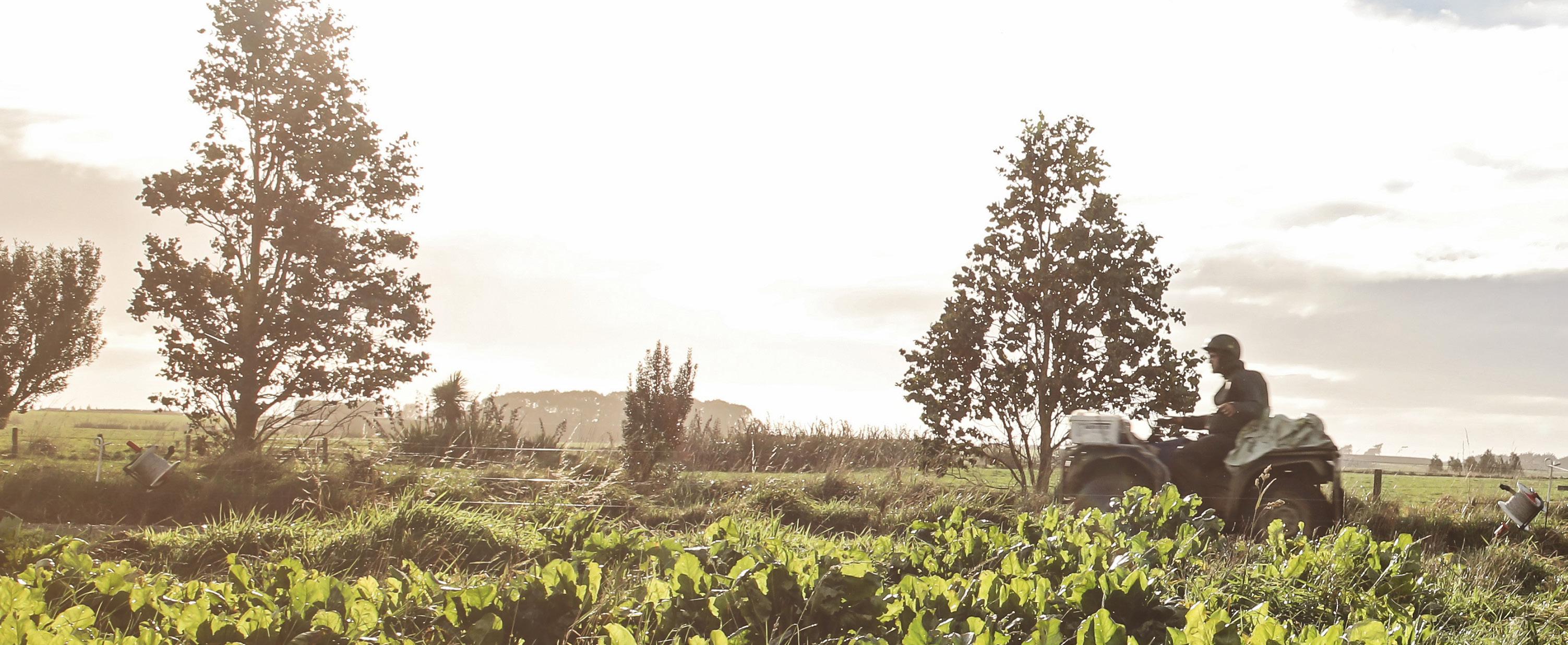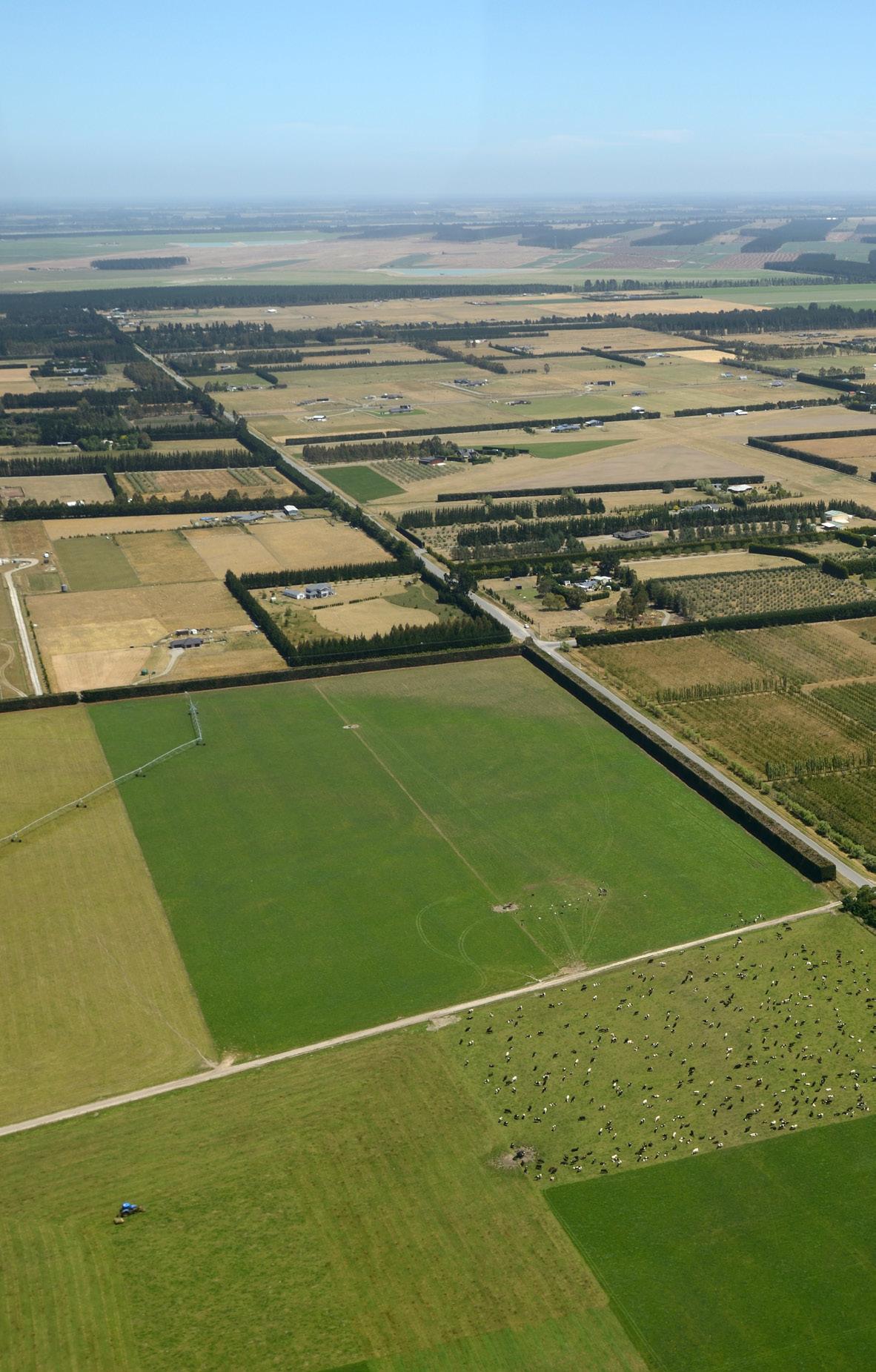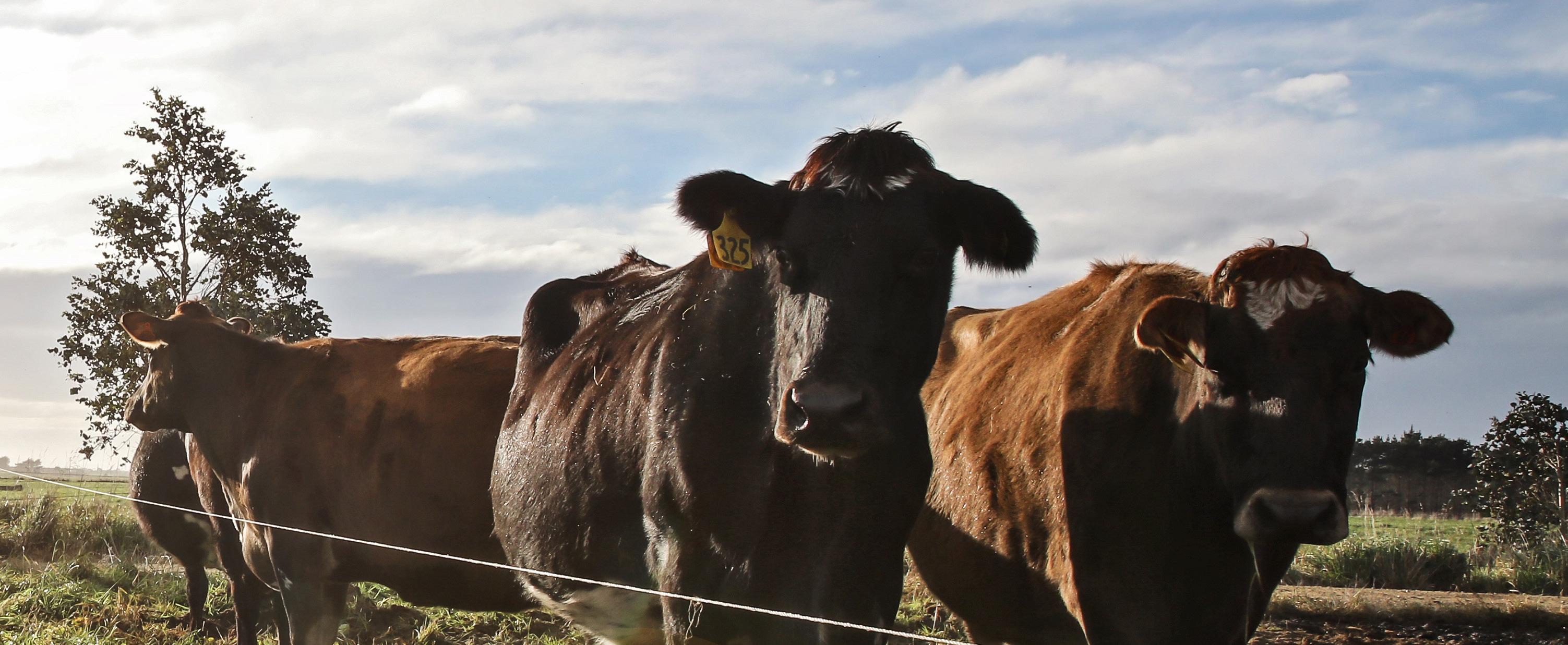
3 minute read
Reduce environmental risks while winter grazing
Winter grazing is well underway, and all that planning, planting and growing over the previous 18 months or so will hopefully have you well set up to feed your stock over the cold months.
While your planning will all be done, there’s still a lot you can do with your day-to-day winter grazing management to ensure environmental risks are kept to a minimum.
Advertisement
Flights show signs of good preparation
Anna Veltman
Our land management advisor for North Canterbury Anna Veltman shares her top tips for maintaining soil quality and protecting waterways while you graze over winter.

Maintain buffers from waterways: Make sure a buffer of grass or crops of at least five metres is maintained from all rivers, lakes, wetlands and drains while you graze. High-risk areas may need an even wider buffer.
Manage critical source areas: Make sure your team know of any critical source areas (CSAs) in your winter grazing paddocks, and put up temporary fencing as soon as possible so your team know not to graze these areas. If you have crops planted in these areas, do not graze, harvest, or cultivate them over winter.
Place your feeders and troughs carefully: The more feeders and troughs you have, the easier it will be to manage grazing to limit pugging and avoid impacting waterways. Paddock gateways can be potential CSAs so look for ways to avoid excessive pugging by installing hard surfaces and mitigate any run-off.
Graze strategically: Graze towards a waterway or other CSA, starting at the far end of the paddock and working towards it, so more vegetation is maintained between stock and risk areas for longer. Make sure to back fence stock off the land that has already been grazed to minimise pugging and damage to your soil.
Plan for bad weather: Have a Plan B in place for bad weather mitigation, such as a run-off paddock in case it’s needed.
Document your tactics: All the environmental risks you have identified should be documented in your winter grazing management plan. It’s useful to take photos and to keep notes on how you carried out your plan, as well as any changes you made.
Plant a catch crop: Sow a cool-weather tolerant follow-up crop, such as oats or rye, as soon as possible after grazing. This can soak up nutrients that would otherwise be leached if the paddock is left fallow.
For more information on winter grazing, visit ecan.govt.nz/winter-grazing, or call us at 0800 324 636 and ask to talk to one of our land management advisors like Anna.
We held pre-grazing flights over the Waimakariri and Ashburton regions in early May to observe how good management practices were being implemented ahead of the winter grazing season.
Results were largely pleasing – with no locations of serious concern observed. Our team saw good buffer setbacks, especially in foothill areas, and evidence that most farmers had selected paddocks carefully to avoid winter grazing in areas with more critical source areas.
We also observed that many people planned to winter graze on all-grass systems, which will need careful management.
We will undertake another flight in each of the same two regions over winter to observe winter grazing in practice.
Reducing fertiliser use pays for itself
It’s the responsibility of all farmers who have grazed pasture to ensure fertiliser use is below the legal limit.
With fertiliser costs significantly up on previous years, using your synthetic fertilisers more efficiently is a no-brainer. It’s better for your soil, your environment, and your bottom line.
The use of synthetic nitrogen fertilisers on land is linked to lowered water quality in rivers, streams, and groundwater.

You’ve probably heard about nitrate in waterways – and in drinking water supplies – as it becomes a greater source of concern, especially for rural communities.
That’s one of the reasons why the use of synthetic nitrogen fertiliser is now limited to 190 kg per hectare, per year.
This limit applies to all pastoral land – not just for dairy cattle. It does not apply to grazing on the stubble of an arable crop after harvesting.
Canterbury dairy farmers are required to report their annual synthetic nitrogen fertiliser use to us. This report should cover the 1 July–30 June year, and is due by 31 July.

An updated version of the National Online Reporting Tool will be published on our website at ecan.govt.nz/ncap when available. You can also use the MyBallance and HawkEye programmes to submit data.
For more information visit ecan.govt.nz/ncap, or email us at ncap@ecan.govt.nz.

